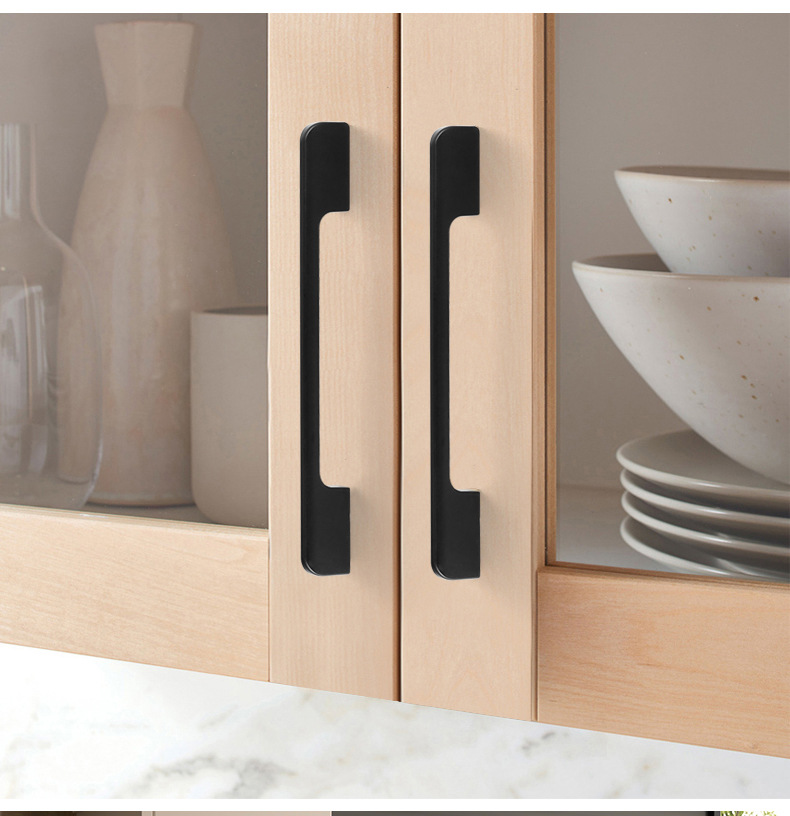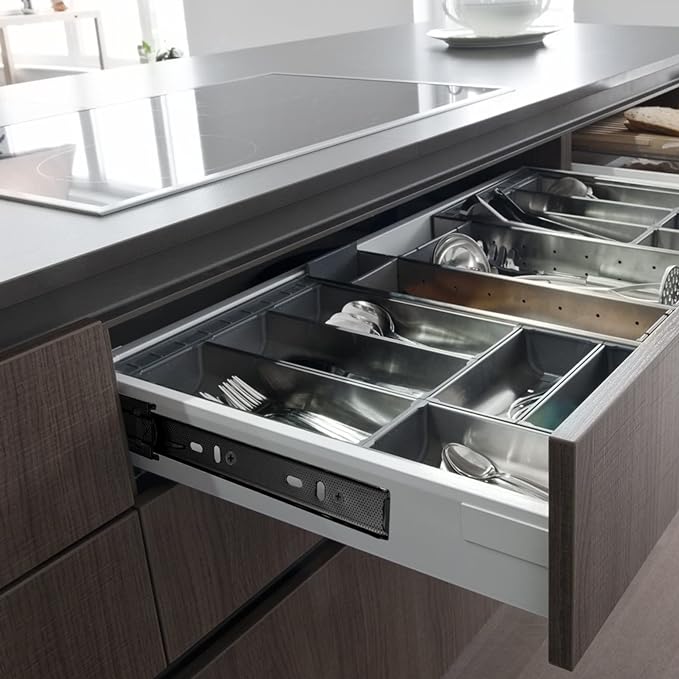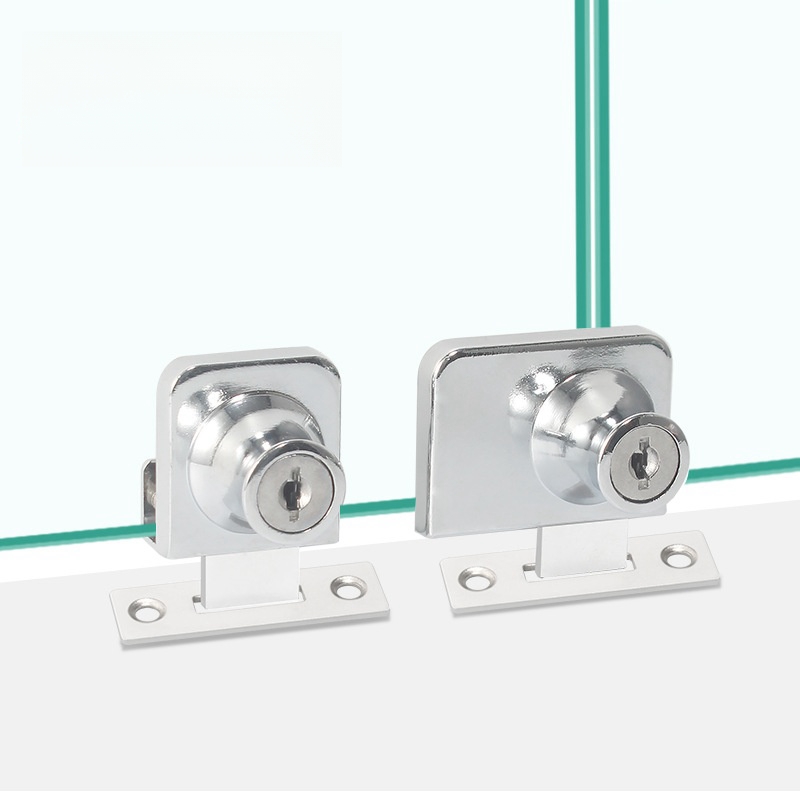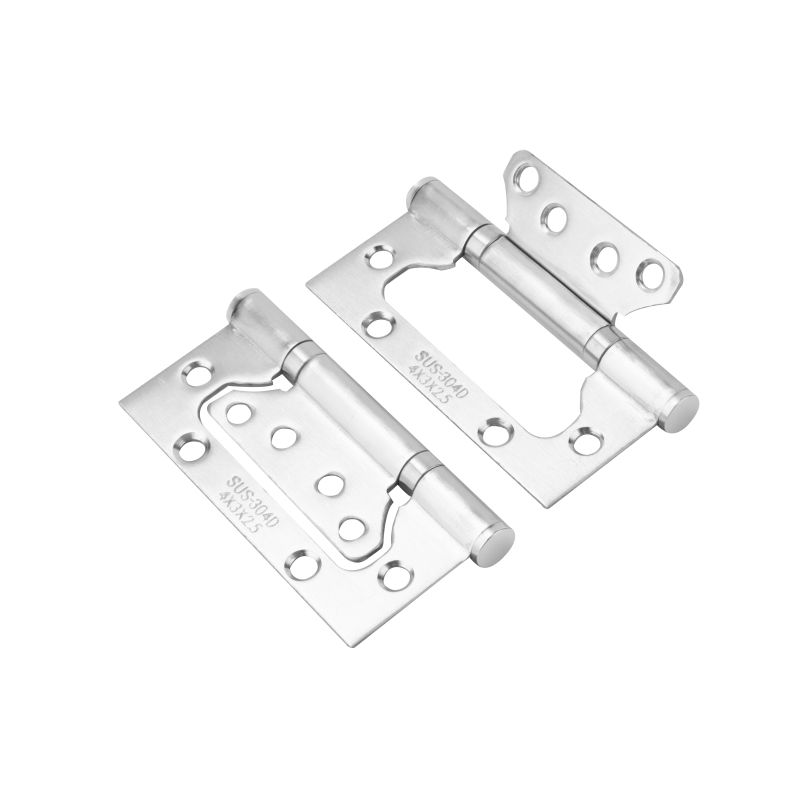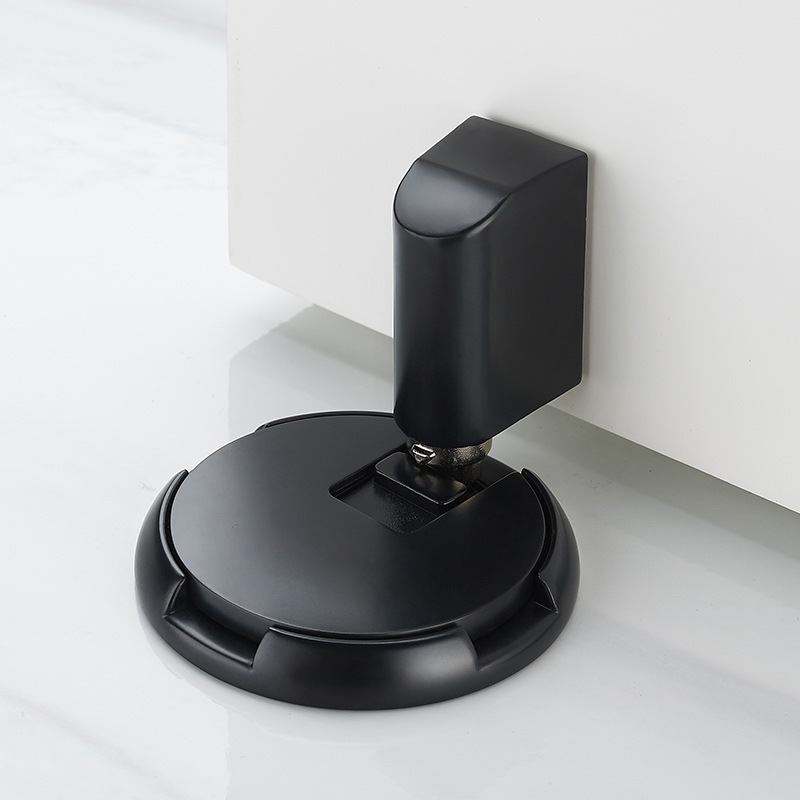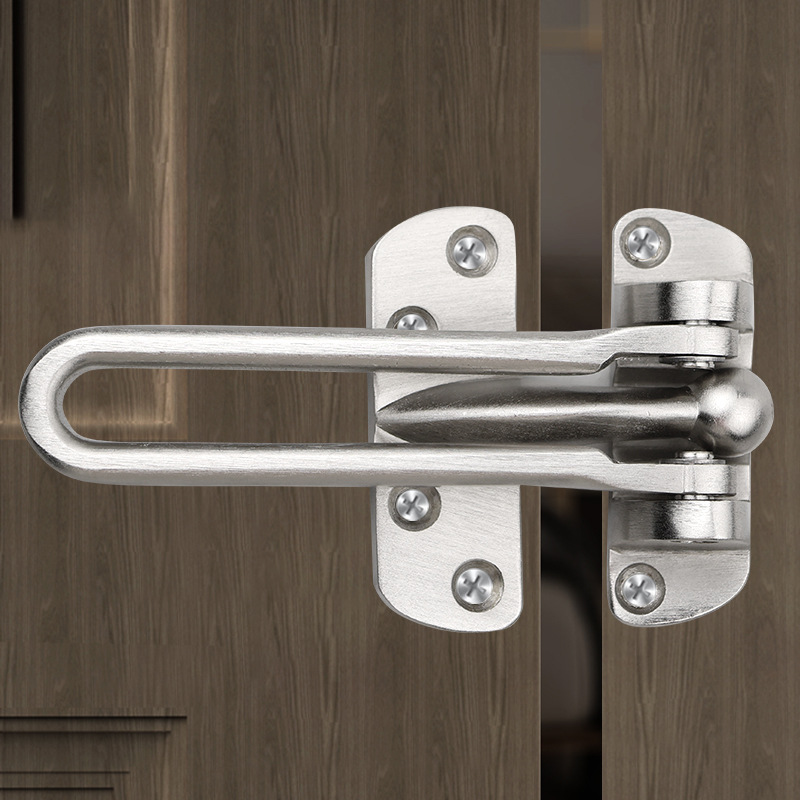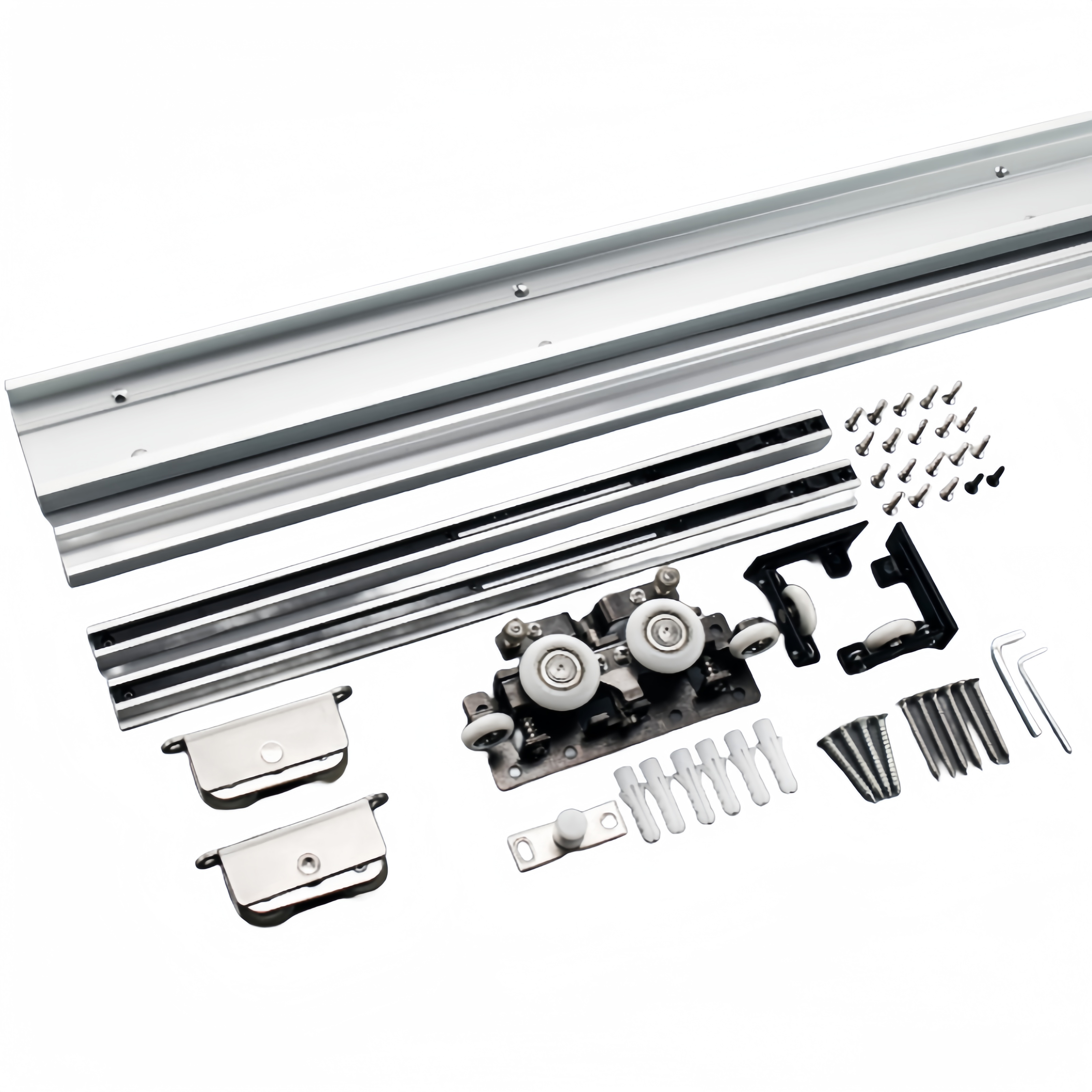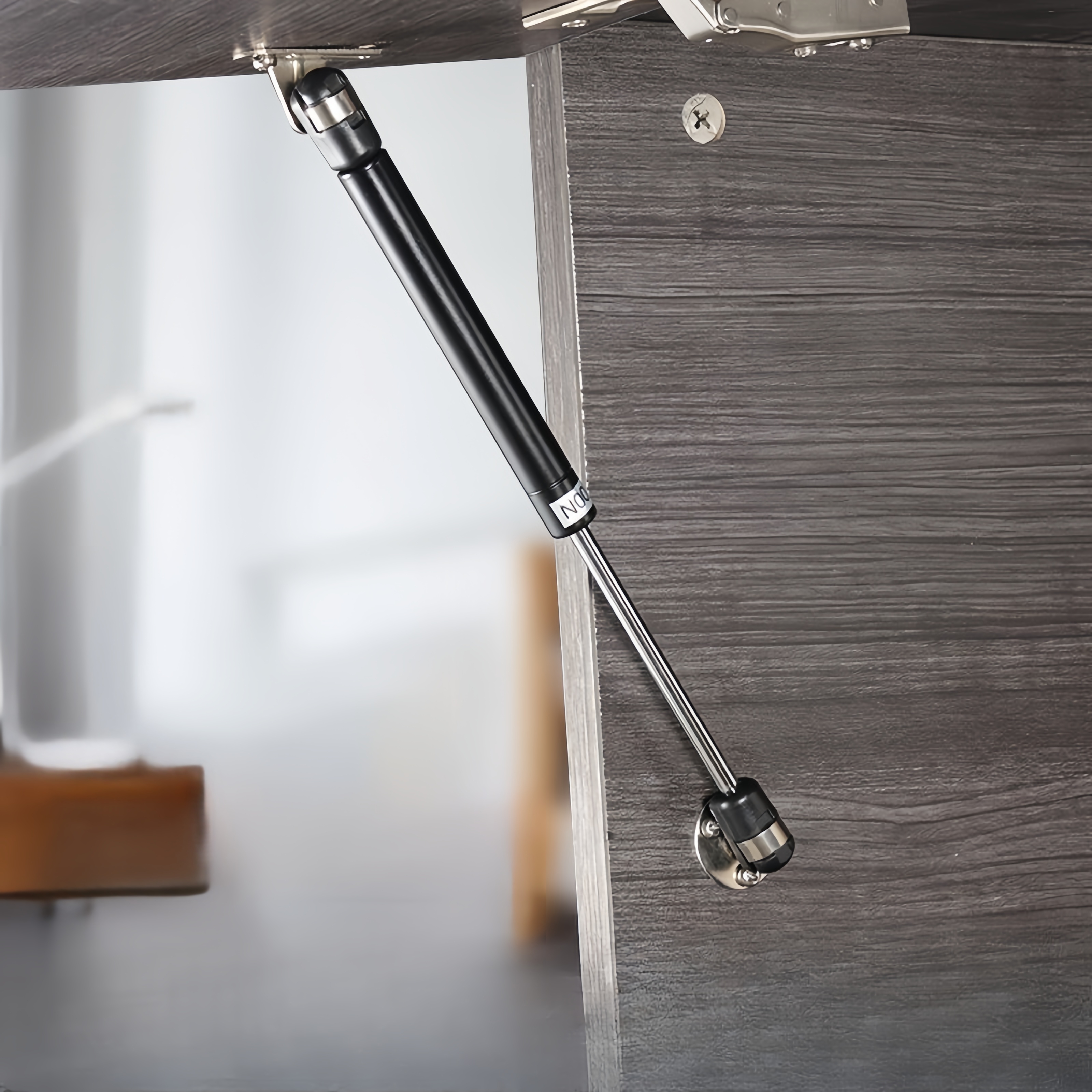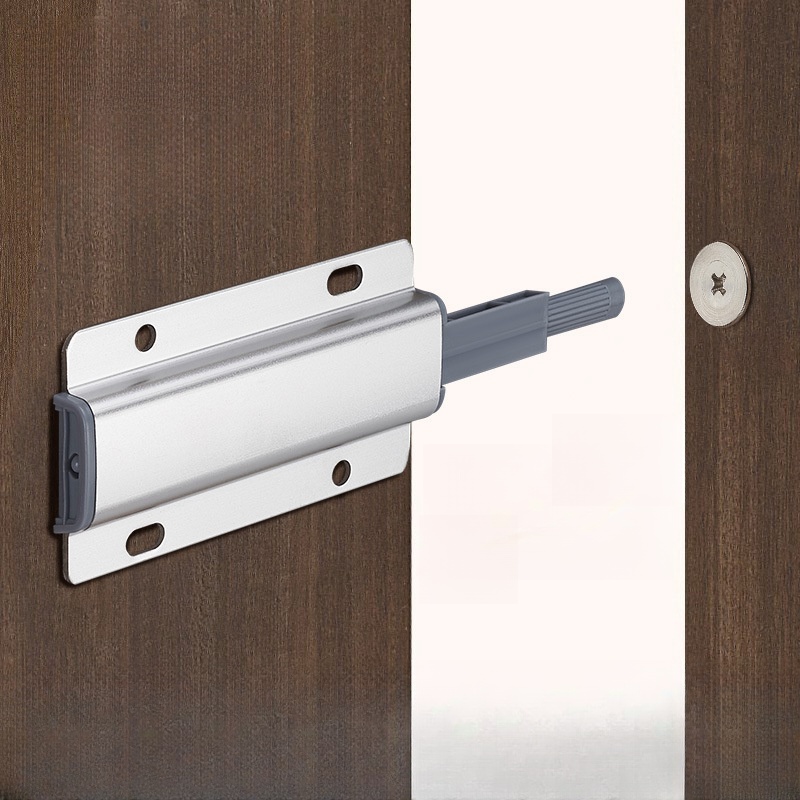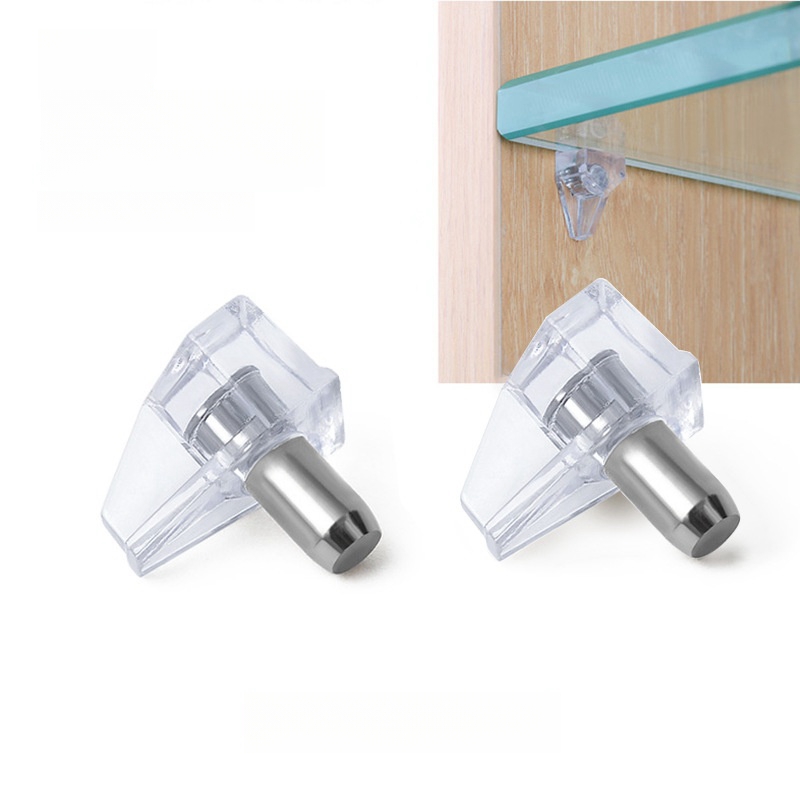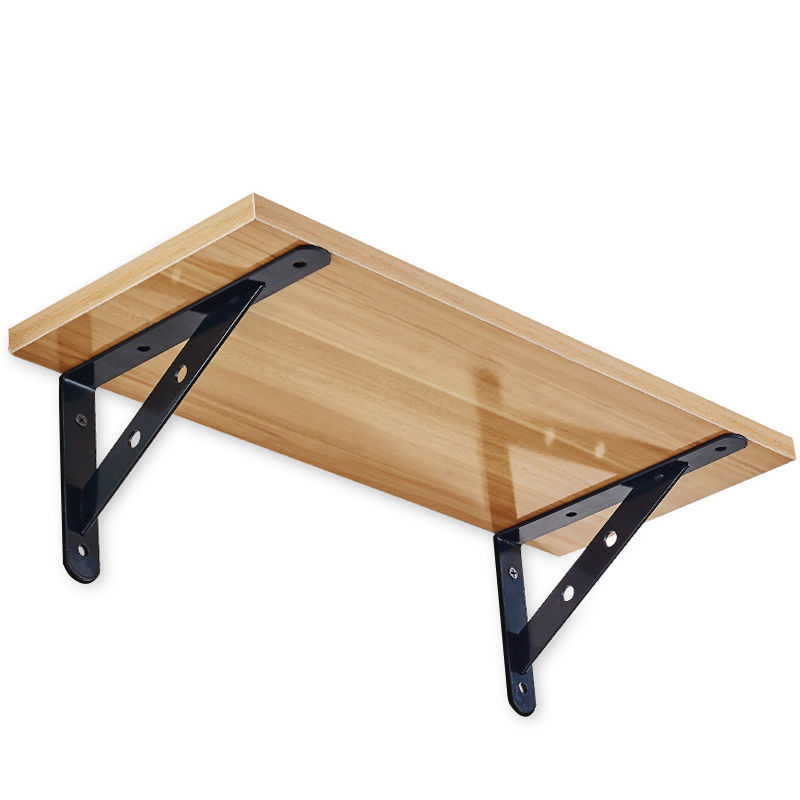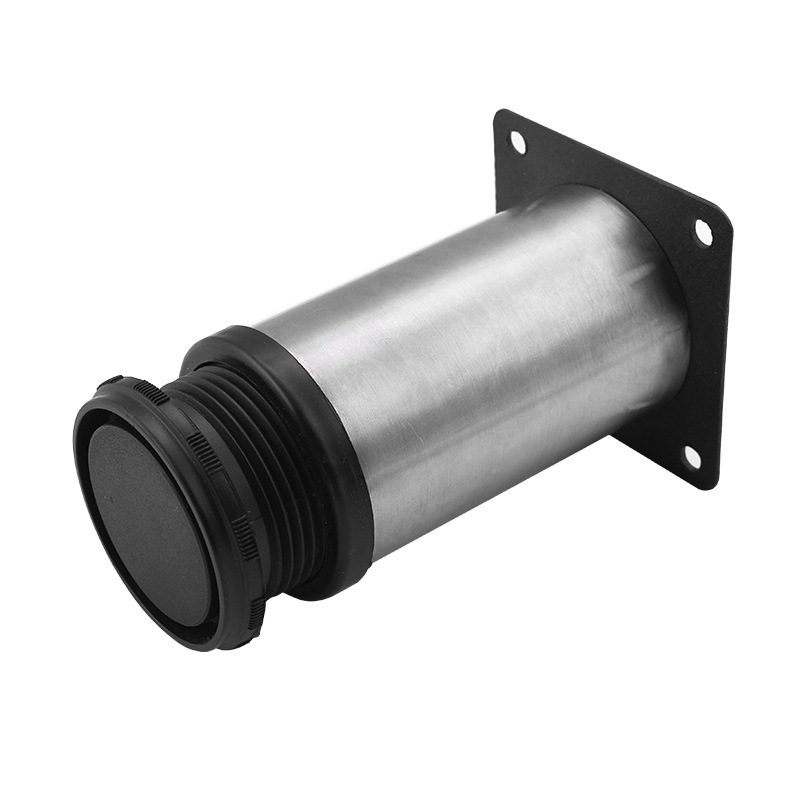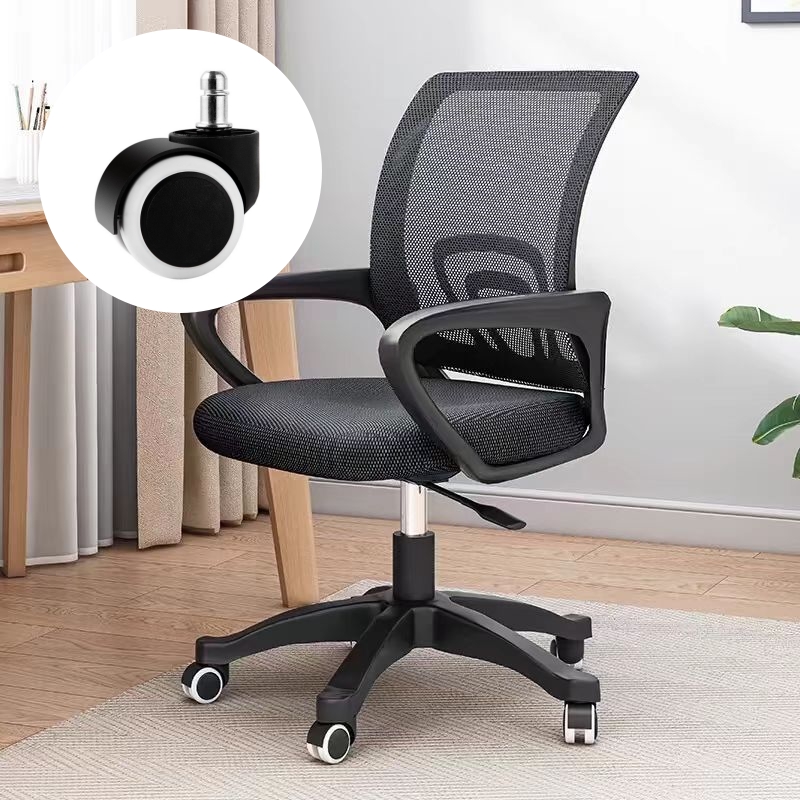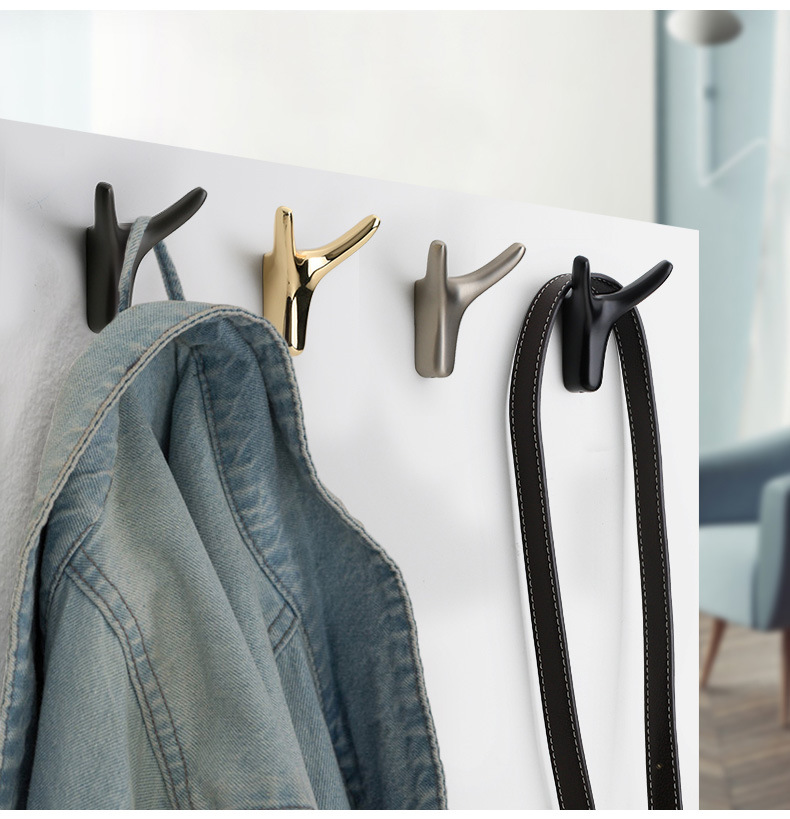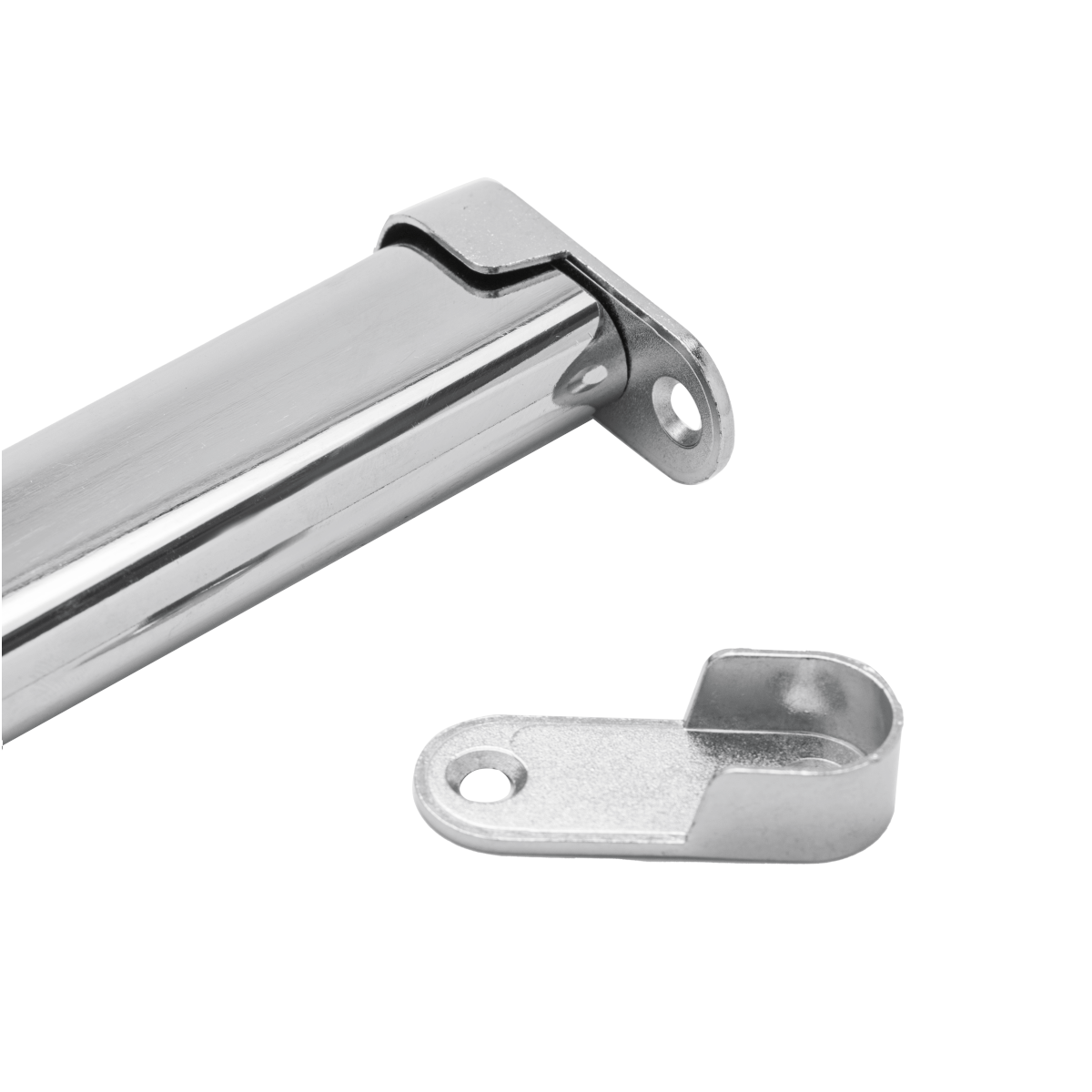
ABOUT
Guangzhou Toplink hardware Co., Ltd specialized in the production and export of furniture hardware fittings, with an experience of more than 14 years.
Our main products are drawer locks, cabinet hinges, sliding rails, cabinet handles, casters, cabinet legs and connecting fittings etc..
With a complete range of products, excellent performance and reasonable prices we have built up business with many customers all over the world.
We are committed to strict quality control and considerate customer service. We sincerely looking forward to becoming your best choice and the most reliable partner!
PRODUCTS
closet hanger bar support
Closets are often the unsung heroes of our homes, quietly storing away our belongings and maintaining a semblance of order. But the humble closet hanger bar, the seemingly simple horizontal rod upon which we hang our clothes, relies on a crucial, often overlooked component: the closet hanger bar support. Without these sturdy supports, our carefully curated wardrobe would come crashing down, transforming a sanctuary of neatness into a chaotic mess. This seemingly small piece of hardware plays a vital role in maintaining closet functionality and longevity. Understanding its importance, variations, and proper installation can significantly improve the usability and lifespan of your closet.
Types of Closet Hanger Bar Supports
The market offers a wide range of hanger bar supports, each designed to cater to different needs and closet configurations. The most common types include metal brackets, which are typically made of steel or aluminum, and offer robust support for heavier loads. These can range from simple L-shaped brackets, easily installed with screws, to more elaborate designs incorporating decorative elements or integrated shelf supports. The material choice impacts durability; steel offers superior strength, while aluminum provides a lighter alternative suitable for lighter-weight clothing.
Wooden supports, often found in more traditional or custom-built closets, offer a sophisticated aesthetic. These are typically crafted from hardwood like oak or maple, ensuring both strength and visual appeal. However, they may require more precise installation and are generally less adaptable to different closet configurations. Furthermore, their weight-bearing capacity might be lower compared to metal supports, so it's crucial to choose appropriate supports based on the expected weight of the clothing.
Plastic supports are the most budget-friendly option, readily available at most hardware stores. While suitable for lighter loads and temporary installations, they are less durable and prone to cracking or breaking under significant weight or stress. They are best suited for closets containing lightweight clothing or for situations where the cost is a primary factor, and replacing them isn’t a major concern.
Factors to Consider When Choosing a Closet Hanger Bar Support
Selecting the right hanger bar support isn’t simply about choosing the cheapest option; several factors must be taken into account. The weight capacity is paramount. Consider the type and weight of the clothing you intend to hang – heavier winter coats require stronger supports than lighter summer garments. The support's weight capacity should be clearly specified by the manufacturer, ensuring it can withstand the expected load without bending or breaking.
The installation method is another important consideration. Some supports require drilling into the wall studs for optimal strength and stability. Others offer simpler installations using screws into drywall, though this typically provides less support and may require stronger supports to compensate for the lack of solid anchoring. Assess the construction of your closet walls and choose supports that offer the necessary secure installation for your situation.
The aesthetic aspect shouldn’t be overlooked. While functionality is crucial, the supports’ appearance matters, especially in visible closets. Consider the overall style of your closet and choose supports that complement the existing décor. They can enhance the overall look of your closet, making it a more aesthetically pleasing space.
Installation Techniques and Best Practices
Proper installation is critical to the longevity and effectiveness of your closet hanger bar supports. Always begin by accurately measuring the desired location of the hanger bar and supports. Ensure the supports are evenly spaced along the length of the bar to distribute the weight effectively and prevent sagging. For metal supports, use appropriate screws and a drill with the correct bit size for a secure and stable installation.
When installing into wall studs, use longer screws designed for wood to provide superior anchoring. If installing into drywall, consider using wall anchors to increase stability and prevent the screws from pulling out. Always pre-drill pilot holes to prevent splitting the wood or damaging the drywall. This is particularly crucial when dealing with hardwood or denser materials. For plastic supports, follow the manufacturer's instructions carefully and use the supplied hardware.
After installation, check for stability by gently applying weight to the hanger bar. If there is any noticeable movement or instability, retighten the screws or consider additional support. Regularly inspect the supports for any signs of damage or wear, and replace them if necessary to maintain the safety and functionality of your closet.
Troubleshooting Common Closet Hanger Bar Problems
A sagging hanger bar is a common problem often caused by insufficient support or overloaded bars. This can be easily addressed by adding additional supports or replacing existing ones with higher weight-capacity alternatives. Similarly, a loose hanger bar often indicates improper installation or worn-out hardware. Retightening screws or replacing them with stronger ones is usually a simple solution.
If the problem persists, it may be necessary to reinforce the wall or replace the entire system with more robust components. Before attempting repairs or replacements, always assess the underlying cause of the problem to prevent recurrence. Regularly inspecting your closet’s support system is crucial to identify and address minor issues before they escalate into major problems.
In conclusion, closet hanger bar supports might seem like a minor detail, but they are the unsung heroes of organized closet systems. Choosing the right supports based on weight capacity, installation method, and aesthetics, and ensuring proper installation are vital for a functional and aesthetically pleasing closet. Understanding the different types, installation techniques, and troubleshooting common problems ensures the longevity of your closet and your peace of mind.
SUBSCRIBE
INQUIRY
